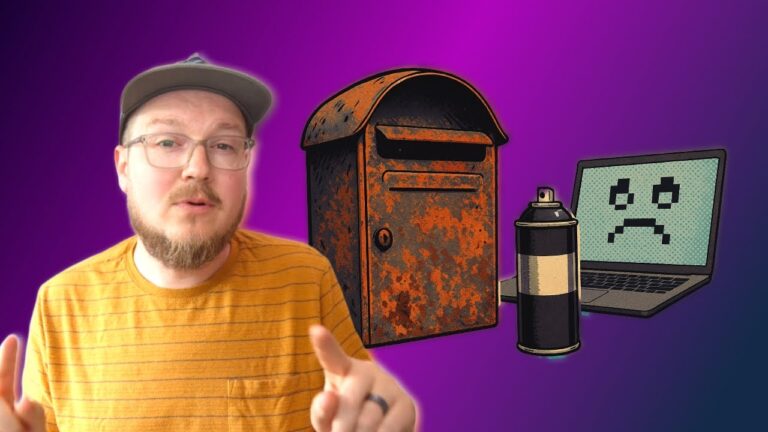Adobe is rolling out a new suite of tools for podcasters. Adobe Podcast is currently in beta. You can join their waitlist to get early access to their text-based editing and other features, but you can take their “Enhance Speech” software for a spin right now.
Adobe claims it can take a subpar audio recording and make it sound like it was recoded in a professional studio. Just upload your audio file and in less than a minute, Adobe will spit out a vastly improved recording.
I decided to see if the tool lives up to the hype, and… well, you have to hear it to believe it.
The Experiment
For the test, I moved my microphone (a Samson Q9U) about 3 feet away from my mouth and turned it away from me. This is significant because my microphone is a dynamic microphone – that is, it’s designed to only pick up the sound directly in front of it. Typically, if I turn my head to the side, or if I back away from the mic more than a foot or so, you will immediately hear my voice fall off. By pointing the microphone in the opposite direction, I’m essentially “hiding” my voice. What you hear in the first part of the test isn’t even my voice per se, but rather the reflection of my voice off the office wall.
I also did a test recording using my phone (a Pixel 7). Halfway through the experiment, I go as far as to stick the phone in my pocket. I wanted to see just how bad I could make the audio, and see (or hear) what Adobe’s Enhance Speech tool would do with it.
The Results
The software pulled off a mini miracle. In my early videography days I was trained that you can fix bad video in post (or just cheat and drop some b-roll over a rough spot), but you can’t fix bad audio, so it’s critically important to get it right. Well… that’s still true. The output from Adobe Enhance Speech was not perfect. The enhanced Q9U audio definitely sounded processed; you can hear some odd garbling. BUT I gave it absolute garbage to work with. And if I had to choose between garbage and garbling, garbling wins. The Pixel 7 audio was better, but still had a slight processed quality to it, but overall, I was really impressed with the results. The enhanced audio had a lot more depth and presence.
Things got even more wild when I took it outside.
Testing It Outdoors
I recored another test clip in my backyard; standing a few feet away from my phone, with traffic noise in the background and a slight breeze blowing. After I threw the audio into Adobe’s software, I sounded like I was in a recording booth. But it’s a bit strange to see someone walking around outside and hear someone standing in a treated room. In this case the software might be a bit too good. And there’s currently no way to tweak the settings, to dial down the corrections or natively mix the enhanced audio with the original in order preserve a bit more of the atmospheric noise.
So while the software is incredibly impressive, it’s not perfect and it might not be appropriate for all cases. I’ll be curious to see if Adobe offers a bit more control when Adobe Podcast comes out of beta.
Pricing
Did I mention that Enhance Speech is FREE?! I’m blown away that such a powerful tool is freely available. We are truly living in a golden age for video and audio content creators. With 4K cameras in you pocket, and now professional-quality audio available from any microphone, there’s really no excuse NOT to create good content.
Social video and audio in the form of podcasts are a great way to get your message out in front of an audience and connect with people. And with AI making it possible for robots to blast out a flood of decent written content in a matter of minutes, it’s more important than ever before to actually get your face and voice out there to build trust with your customers.
So go on and try it out for yourself at podcast.adobe.com/enhance and start making something awesome.


